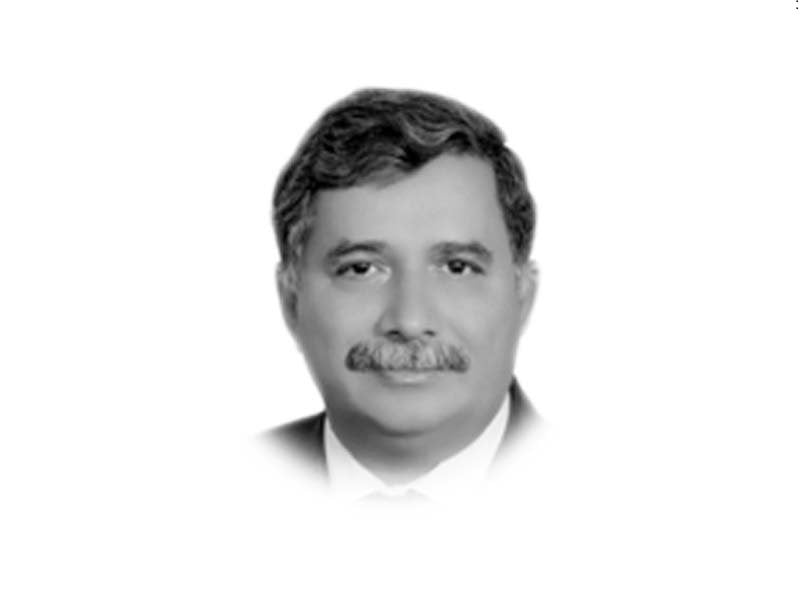
That terrorism is rising and rising in Khyber-Pakhtunkhwa goes without saying. Police installations and security forces are under constant attacks, amidst extortion calls and target killings. The other day hordes of armed groups have also been observed issuing their own edicts, under- mining the writ of the government.
According to security officials, K-P has experienced the highest number of TTP attacks, resulting in 96 soldiers laying down their lives and at least 280 others getting injured. Reports indicate 151 cases of terrorist attacks on police from January 2022 to November 2022 in which 105 police officers were martyred and 109 others injured. Officials, however, describe the violence as “isolated incidents of terrorism”.
Disturbed with these events, many argue that if urgent action is not taken to nip the evil of terrorism in the bud, the province may again slip into a situation similar to the one during 2006 to 2015. With no checks in place and no preemptive operations in sight, the areas threaten to turn into ungoverned spaces.
K-P Police IG Muazzam Jah Ansari attributes the spike in terrorist activities to the release of terrorists from Afghan prisons after the change of government in Afghanistan on August 15, 2021. He believes that the weapons left by the US forces are being used against K-P police. The most frequently asked question on TV talk shows is: why is police being targeted? For the answer, we need to understand the grand design and the strategy adopted by militant organisations after 9/11.
Treating militants as a few misguided interpreters of faith is a misconception. The militants in Pakistan, under their leadership, have their own well-conceived grand design — which is to establish an Islamic Emirate. In the year 2006, they tried to establish an Islamic Republic in areas comprising North and South Waziristan, Khost and Paktia (Afghanistan) and adjoining settled districts of Pakistan (Bannu, Lakki, Tank, Dera). Later, they also extended their influence to Swat and were able to establish their own parallel administration over there. The same exercise was done in Mohmand Agency and Shabqadar — Michini Areas falling within the jurisdiction of Peshawar district. They use propaganda as an important tool to advance their design and try to rationalise their acts, citing various verses of the Holy Quran and Hadith.
The militants used FM channels through which they keep drumming their own interpreta- tion of Islam to influence their audiences. Following the classical advices of anarchists of 18th century, the Pakistani extremists and militants also use terrorist strikes as an instrument of propaganda after causing fear, despondency and helplessness among common people and organs of the state. Similarly, slaughtering any person on espionage charges aims at instill- ing terror in society so that no one can report upon them. Apart from use of sophisticated weapons, the art of indoctrination plays a central role in the arsenal of these militants.
As part of the strategy to achieve their grand design, these militants first try to find some social space for their cells. They do this by assuming a role of moral police and invoking ‘Amr Bil Maroof Wa Nahi Unil Munkar’ against the vices like gambling dens, music shops, internet cafes, barber shops, etc. Similarly by awarding severe punishments to leaders of criminal gangs they not only strike terror but also try to win support from local people. They then assume the role of judiciary as well, by settling disputes among locals.
After ‘social space’ is achieved by these militants, they enter the second stage of their strategic movement. In this stage, they aim at gaining ‘physical space’ for perpetuation and propagation of their ideology. For greater socio-political power, the militants need free intermingling and unhindered movement. Police and other law enforcing agencies and schools are considered as an obstacle towards advancement of this objective. Therefore, after gaining ‘social space’, the militants begin the violent phase of cementing physical space by bombing schools and attacking police stations and police posts. To frustrate and demotivate law enforcement agencies, the militants make use of carefully planned attacks through suicide bombers, Vehicle Borne Improvised Explosive Device (VBID), rockets/missiles and other heavy weapons.
The aforementioned paragraphs speak of the intensity of the dimensions of terrorism and methodology of militants. This facet of terrorism is quite complex and forms a multi- dimensional threat. We have been fighting terrorism since 2002 and the state of Pakistan and its people have suffered a lot. However, in every crisis there is an opportunity and in every setback there is a lesson. We have learnt a lot and successful operations in Malakand division and tribal areas are a proof of that — though much remains to be done there. The terrorist network is still well intact and poses a formidable challenge.
This threat can be countered by firm enforcement of law and promulgated policies (National Acton Plan), participatory role of the people, expeditious justice and fair and just administration. In a nutshell, Good governance is the remedy.

1732090022-0/Elmo-and-Amelia-(1)1732090022-0-405x300.webp)
1725523665-0/Minecraft-Movie-(1)1725523665-0-165x106.webp)

1732089759-0/BeFunky-collage-(75)1732089759-0-165x106.webp)







COMMENTS
Comments are moderated and generally will be posted if they are on-topic and not abusive.
For more information, please see our Comments FAQ